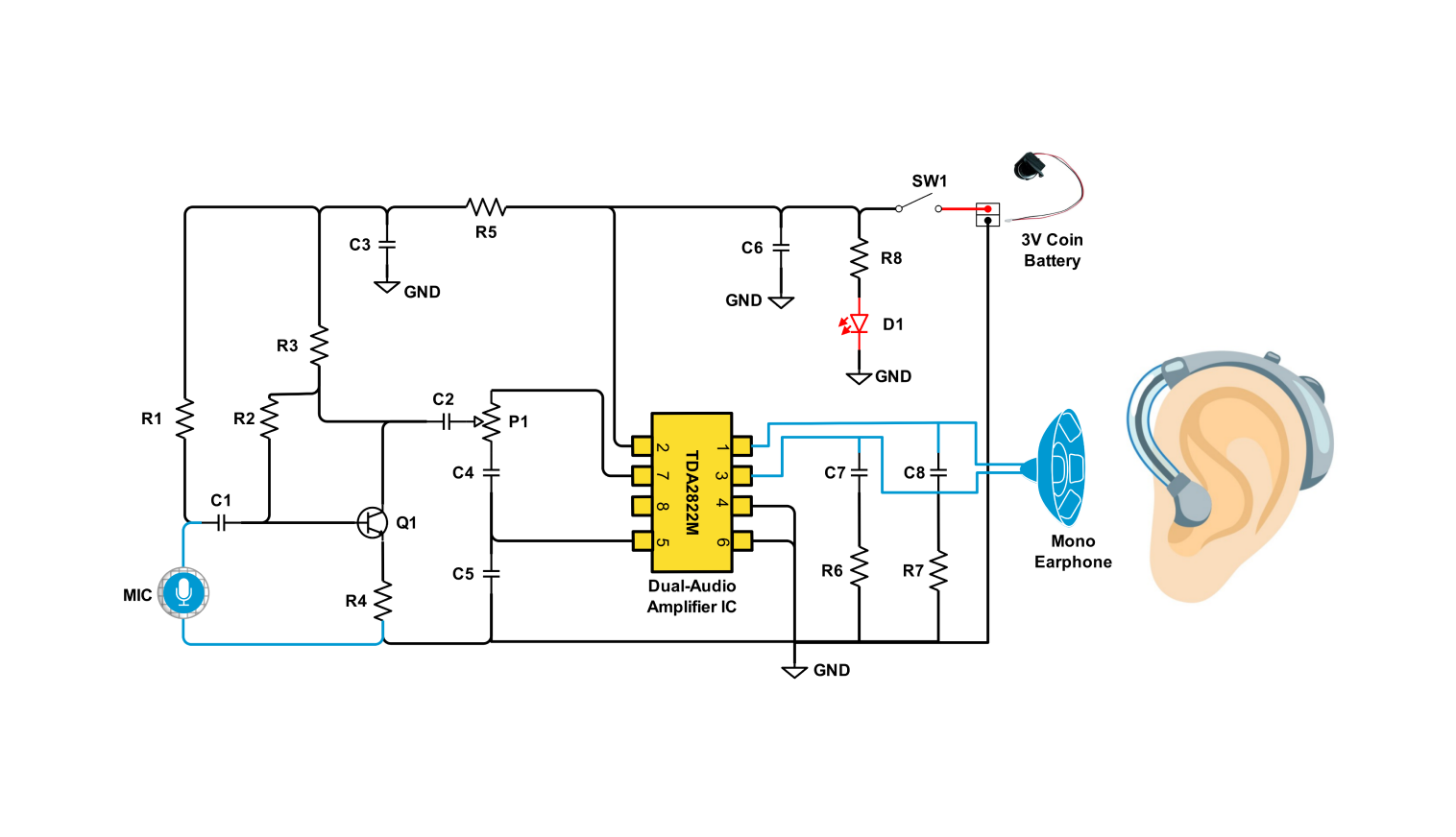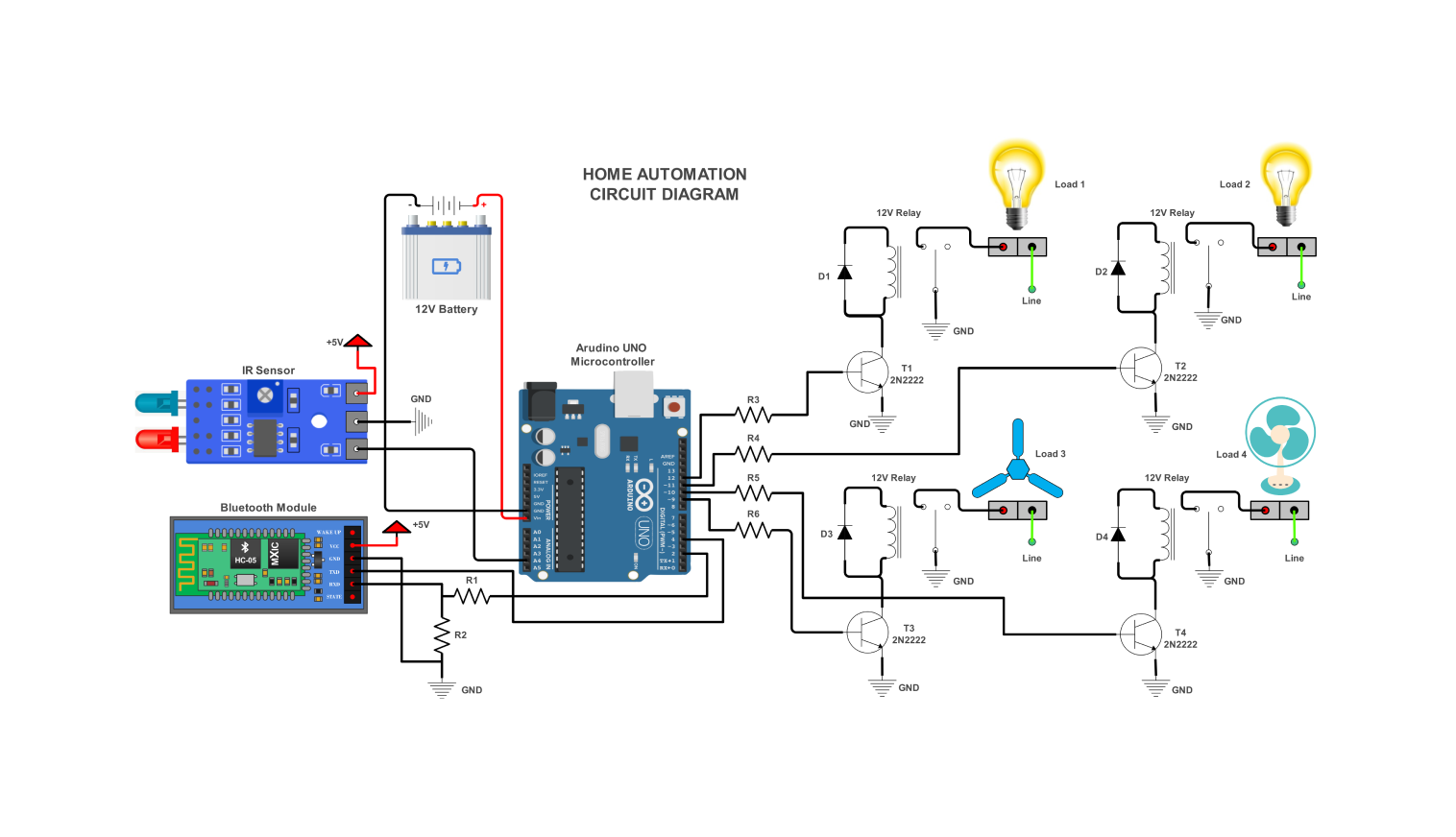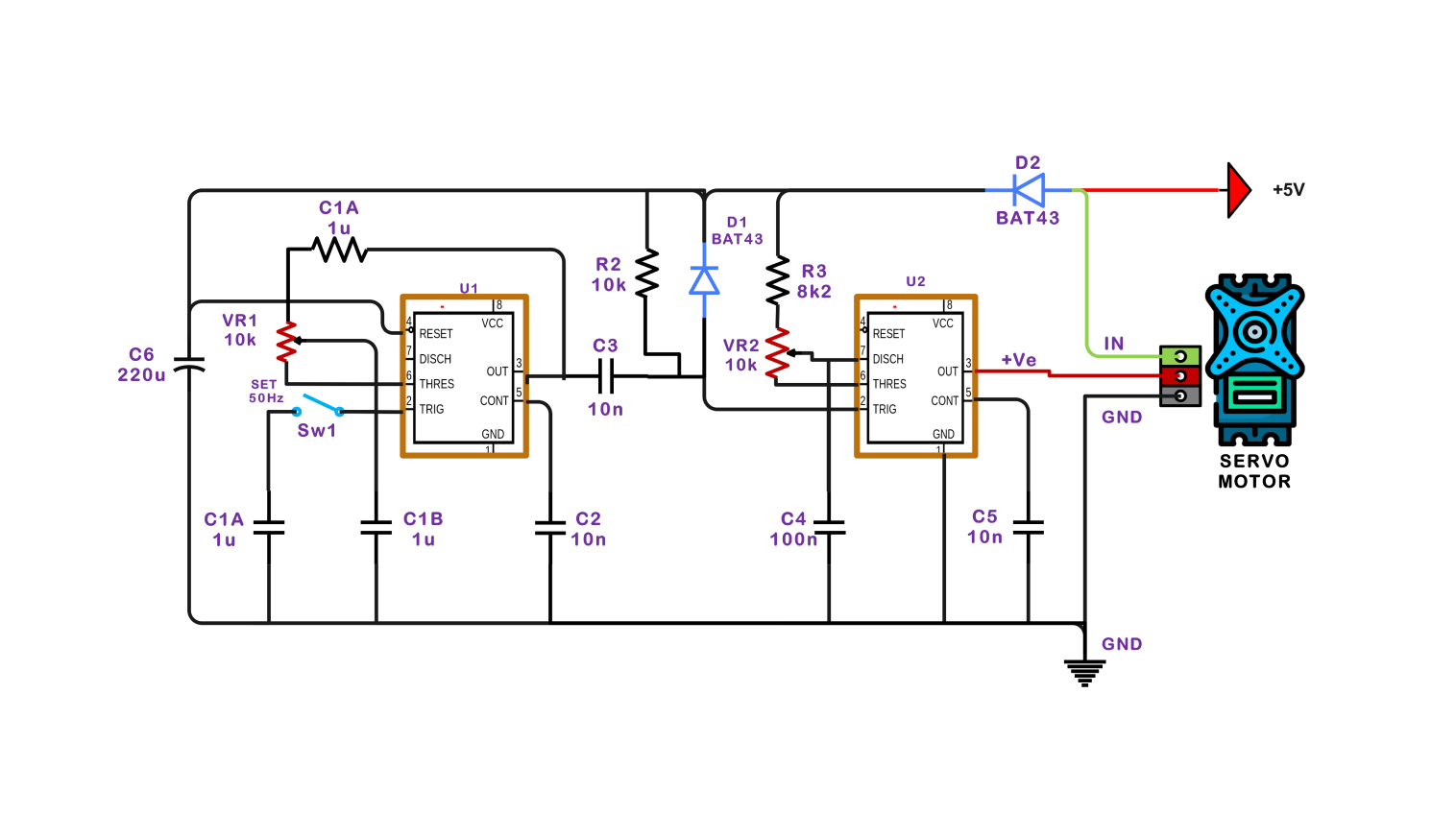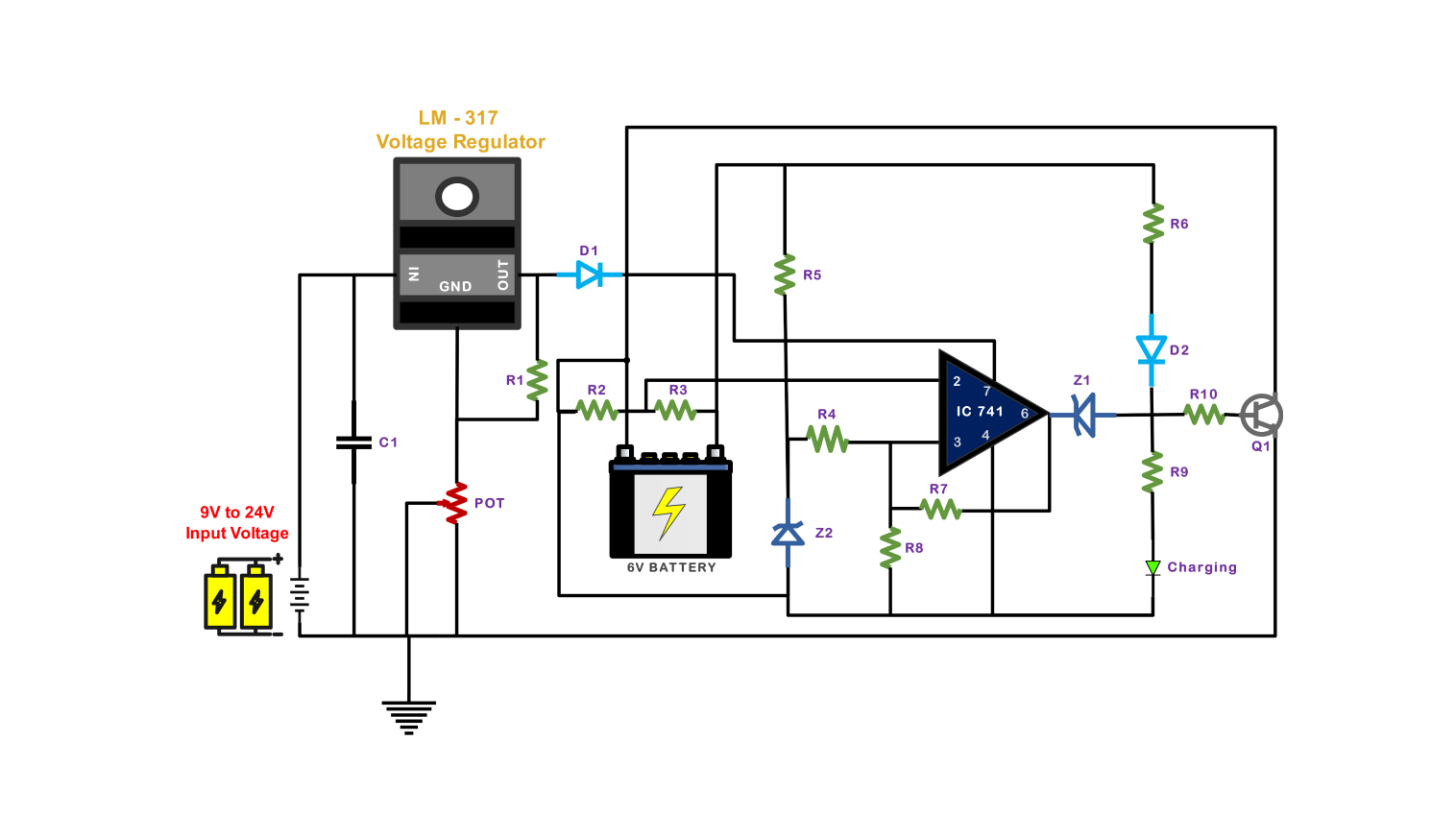- Templates
- Circuit diagram templates
- Hearing aid circuit diagram
About this template
A circuit diagram is more like blueprint for the electronic devices that shows how components such as transistors and capacitors are connected to make a circuit. This circuit diagram template acts as free support material in which we are provided with a simple circuit diagram for the hearing aid.
It explains how microphone takes sound, switches it to an electrical signal and amplifies it before sending it to a miniature speaker inside your ear. This hearing aid template allows us to explore the kinds of electronics that can make the hearing even better.
How to use the template
Launch EdrawMax desktop or EdrawMax Online and search the template library to find this template. Click on Use This Template” to open a template.
Once the template has opened, look for the Libraries panel on the left side. There you can find all the electrical components that you might want to add in. Drag and drop the needed symbols onto your canvas.
EdrawMax lets you modify this template! Under Electrical Engineering, expand the Basic Electrical category. Here, you'll find symbols for speakers, and microphones. You can swap components, adjust values, and even add labels to tailor the circuit. You can also change line styles, colors, and text fonts for better clarity. .
Once you are satisfied with your hearing aid circuit diagram in EdrawMax, click File > Export and choose your preferred format (e.g., image file, PDF, SVG) to share your hearing aid circuit diagram. Finally click Export to finalize your export process.
Benefits of the template
This circuit diagram not only acts as the template itself but also helps in building the amazing medical device. Here's how you can leverage this template:
- Template illustrates the working of a hearing aid's hardware, like its microphones, amplifiers and speakers, in a clear visual manner. It can help build the understanding of not only the role each element plays but also how do they collectively and come together to produce coherent sounds.
- Using the template would enable you to interact with different symbols which would ultimately increase your knowledge level of respective components like that of transistors and capacitors.
- You can deal with more advanced electronic circuits of the hearing aids or even research other areas that make use of the components that are the subject of learning.
FAQs about circuit diagrams
-
What are the 4 fundamental parts of a hearing aid circuit diagram?
-
Microphone:
This small component translates the sound waves to electrical signals. The mic has a light diaphragm that is utilized to produce vibrations which then turned into electrical voltage.
-
Amplifier:
The amplifier electronically amplifies the faint electrical signals getting through to the microphone. It is possible to individualize this particular setting by selecting the specific frequencies that vary not only with the user's hearing loss but also with the noise level in the current environment.
-
Speaker/Receiver:
This device transforms stronger electric signals into sound waves. It works by using a little electromagnetic coil that vibrates the diaphragm based on an electrical signal that the device receives. By this vibration, the sound waves are generated.
-
Battery:
The battery electrifies the hearing aid and directly powers it. We can determine the duration of work and hearing aid performance using the voltage and capacity of the battery.
-
-
Can I build a real hearing aid with this template?
No, unfortunately, it is just the template for the user to learn from. Forming an earpiece out of the basic toolbox is a lot trickier than it seems: it needs some specially designed parts, calibration down to the decimals and safety certifications among other things.
-
What are the control available on the hearing aid?
We understand that the hearing aids give users those manageable settings to adjust their hearing experience for themselves. Here are some common control features:
-
Volume control:
This button serves the function of users altering the overall loudness of amplified sounds.
-
Program button:
You can switch between multiple programs optimized for different listening environments (e.g., quiet settings) to best suit the situation.
-
Speaker/Receiver:
This device transforms stronger electric signals into sound waves. It works by using a little electromagnetic coil that vibrates the diaphragm based on an electrical signal that the device receives. By this vibration, the sound waves are generated.
-
Focus control:
This detail creates an effect of the sounds entering directly from the front and also diminishes the background noise.
-
-
What can I learn from this template?
This template will offer you a mental framework or an idea of what the basic principles of hearing aids are. This will help you to better understand how microphones, amplifiers, and speakers work together. It is a neat way of knowing digital components and their functionality.
Related templates
Get started with EdrawMax today
Create 210 types of diagrams online for free.
Draw a diagram free Draw a diagram free Draw a diagram free Draw a diagram free Draw a diagram free


